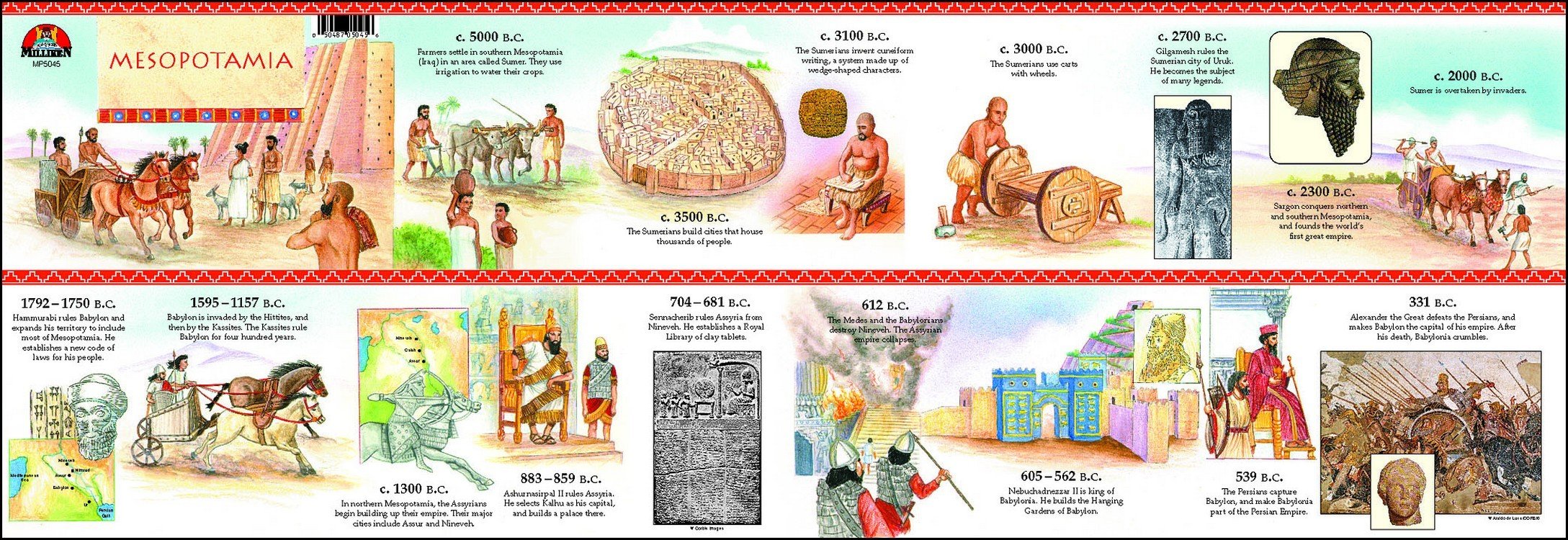The Ancient Sumerian Tablet Fraud
I mean who writes on clay, its got to be as ancient as it gets, and cuneiform that proves it. Aah well, some these tablets are as late as the first century BC.
This cuneiform tablet records part of a balag, a song of lament that accompanied a stringed instrument. The text is typical of the Seleucid period, where the words are written in Sumerian but with a large number of lines accompanied by an Akkadian translation. Sumerian was the language spoken in southern Mesopotamia until around 2000 B.C., while Akkadian had probably ceased to be a spoken language by the time this tablet was written, having been replaced by Aramaic and Greek throughout much of the Near East. However, both Sumerian and Akkadian continued to be written in cuneiform until the early centuries A.D. by learned scribes. This tablet contains a lament by Inanna, the Sumerian goddess of fertility, over the destruction of her cities and shrines, and contrasts her present humiliation with her previous power. There are parallels with well-known myths dating from the late third and second millennia B.C.—such as the Sumerian version of the myth of Inanna's descent to the netherworld—demonstrating the very longlived literary tradition maintained by the temple scribes of Mesopotamia.
Timeline
The timeline of the area is below, it ranges from the original inhabitant the Un San Giga that ended in 2300BC. The reliefs and artefacts can range from this period all the way through to the Seleucid period which lasts up to 63BC. Humans are not generally nomadic, the migratory assumption is invalid as the original inhabitants set up permanent camp in an area able to sustain permanent settlement. The art is of period, Mesopotamian, Sumerian, Akkadian, Neo-Sumerian, Babylonian, Hittite, Elamite, Assyrian, Neo-Babylonian, Achaemid, Persian, and Sassanian societies. Egypt naturally protected by desert and sea largely did not have this problem.
- Stylized seated female figure with arms folded under her breasts, from Samarra, ca. 6000 BC
- The Mask of Warka ≈ 3100BC
- Statue of Ebih-Il, superintendent of Mari, 2400 BC
- Votive Statues ≈ 2900-2350BC
- “War”-panel of the Standard of Ur, ca. 2600 BC
- Bronze head of an Akkadian ruler ≈ 2334BC – 2279BC
- Victory Stele of Naram-Sin 2254-2218 BC Akkadian.
- Statue of Gudea ≈ 2090BC
- The Burney Relief, Old Babylonian, around 1800 BC
- Lamassu ≈ Neo-Assyrian ≈ 883–859BC
- Winged Eagle-headed Humanoid protective spirit ≈ Assyrian ≈ 865-860 BC
- Ishtar Gate ≈ 575 BC

